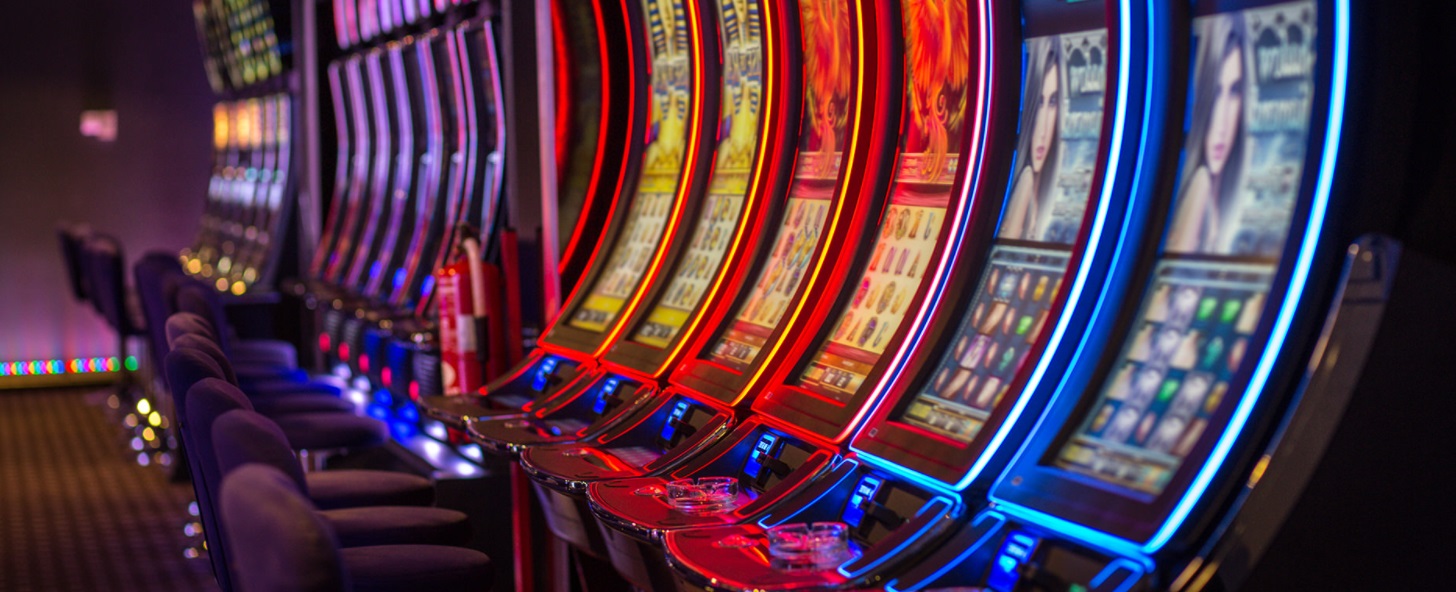
Within a dynamic and exciting world of casinos, where fortune and strategy intertwine, color and design play a pivotal role in attracting gamblers. From the moment players step inside a casino or log into a gaming platform, they are immersed in a visual feast that grabs their attention and entices them to explore more. Vivid colors, engaging graphics, and innovative layouts are carefully crafted to create an atmosphere of thrill and anticipation, ultimately improving the gaming encounter.
While players move through the dynamic landscape of casino games, they come across a range of designs that not only serve visual purposes but also influence feelings and choices. Colors like scarlet and gold symbolize riches and fortune, while soothing navy and emeralds can create a much tranquil environment. Grasping how these elements work together allows casinos to create an inviting and energizing atmosphere that encourages players to engage with the games, spend additional time at the tables, and increase their general enjoyment.
The Science of Hue in Gaming Establishments
Hue plays a critical role in the design of gambling games, affecting player emotions and behaviors. Vivid and bold colors, such as scarlet and gold, are often used to stimulate enthusiasm and draw attention. These hues create a feeling pressure and vitality, encouraging players to involve themselves more readily with the game. By intentionally selecting colors, creators aim to inspire emotions of joy and expectation, which can enhance the total player experience.
Distinct hues also have psychological associations that can affect how players perceive their possibilities of success. For instance, emerald is frequently associated with good fortune and wealth, making it a frequent choice in activities like roulette and poker games. This link can result players to feel more hopeful and confident in their play, ultimately encouraging them to bet more. Comprehending these connections allows game developers to craft environments that enhance player happiness and loyalty.
Furthermore, the interface of gambling game interfaces often utilizes blended colors and differing colors to direct players’ actions. For example, successful outcomes may be accentuated with striking, opposing hues, creating a visual cue. This approach supports favorable outcomes and encourages repeated gameplay. By utilizing the science of color, gaming venues can design activities that not only captivate participants but also maintain them interested and invested in their play experience.
Creative Elements that Attract Gamers
The aesthetic appeal of casino games is largely influenced by the implementation of bold colors. Bright and contrasting colors are deliberately chosen to create an inviting atmosphere that captures attention. For instance, crimson and golden hues often signify luck and wealth, which is why they are prevalent in the palettes of slot machines and game surfaces. These colors not only attract players in, but they also stir emotions related to excitement and anticipation, enhancing the total gaming experience.
In parallel to color, the design and layout of gambling games play a significant role in captivating players. Games are designed to be user-friendly, ensuring that players can quickly understand the rules and gameplay. Accessible interfaces, along with captivating graphics and motion, help maintain player interest and encourage longer play sessions. The tactile elements, such as the texture of the controls and the sounds of the games, also add to a comprehensive sensory experience that keeps players immersed.
Finally, conceptual elements in gaming design can significantly influence player choice. Many casino games are inspired by popular culture, myths, or exploration motifs, incorporating symbols and characters that connect with players. These themes create a sense of immersion and connection, making each game feel distinct. When players feel a bond to the theme, they are more likely to opt for that game over others, leading to increased participation and excitement within the gambling environment.
Case Studies: Notable Gambling Game Designs
One key example of effective casino game design is the acclaimed slot machine series themed around popular movies. Games such as those based on the The Wizard of Oz and Game of thrones utilize bright colors and high-quality graphics to immerse players in well-known narratives. The employment of moving visuals and engaging sound effects takes the interest of players, building an affective connection to the theme. This strategy merely fosters longer play but also enhances the overall gaming experience, yielding increased player retention.
Another successful case is the application of the psychology of color in table games like 21 and the wheel. Casinos often develop these games with rich reds and greens, colors traditionally connected with luck and wealth. daga88 For instance, the green felt on a blackjack table provides a calming effect, while the crimson accents in the wheel invite anticipation. This intentional use of color helps to establish an inviting atmosphere that motivates players to participate, satisfying their psychological impulses and increasing their enjoyment.
Finally, social casino games that include social features and bright, colorful designs have seen remarkable success in engaging players. Games like Zynga’s Poker and Slotomania leverage vivid colors and playful animations to forge an inviting online environment. The addition of leaderboards, community sharing options, and in-app rewards fosters competition and community, pulling players in for longer sessions. Such designs merely make the games visually attractive but also underscore community engagement, a vital factor in player retention and engagement within online casino environments.